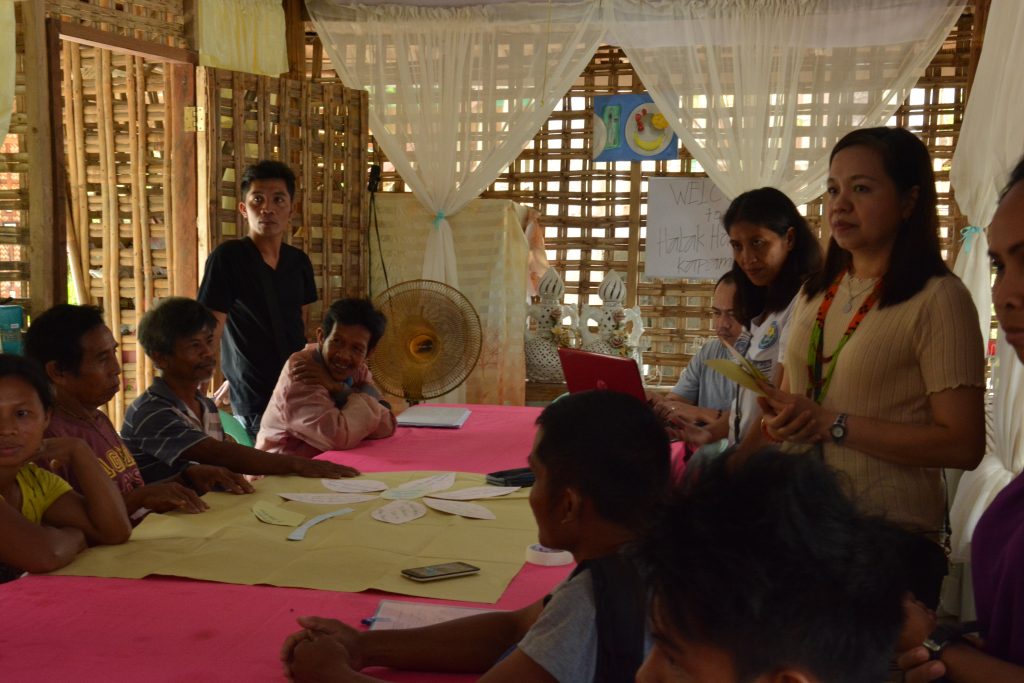This project is proposed to preserve the non-material cultural elements of the Hanunuo Mangyan in Bulalacao, Oriental Mindoro. The major goal is to document their language and develop a corresponding glossary software application. More specifically, the objective of the present study is to document linguistic data relating to Hanunoo to respond to the threat of language endangerment and consequently, to support language maintenance of a minority language.
In addition to documenting observable linguistic behavior through primary data, the study will also employ elicitation strategies of speakers’ metalinguistic knowledge by obtaining their ‘interpretations and systematizations’ such as grammaticality or acceptability of the varied uses and meanings of specific linguistic units.

As an offshoot of the language documentation, this study shall involve a quantitative micro sociolinguistics study that will make use of correlational statistical evidences to demonstrate how linguistic variation can be influenced by social indicators, namely, sex, educational level, social position, and other relevant sociodemographic variables. The data from the language documentation could provide language variations which will then be used for textual quantitative analysis. To make sure that there will be equal representations from various sectors of the Hanunuo speech community, a purposive/quota sampling will be employed.
The proposed language documentation will be conducted in the villages of Umabang and Bailan of Barangay Benli of the Municipality of Bulalacao, Oriental Mindoro. Barangay Benli, the only Mangyan settlement in Bulalacao, is one of the 15 barangays of the said municipality. Participatory in approach, the documentation will involve the community elders and young people. Research training will be conducted with Mangyan youth to equip them with pertinent skills for data collection. Community elders will serve as sources of data.

